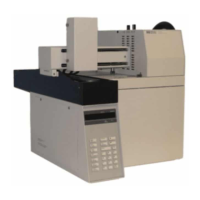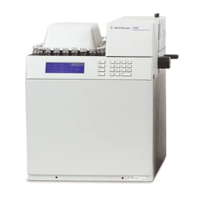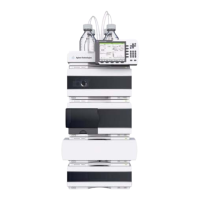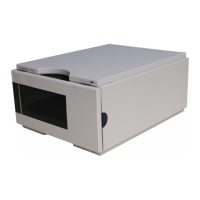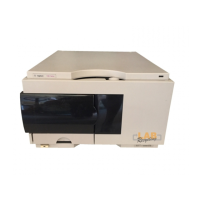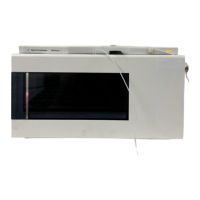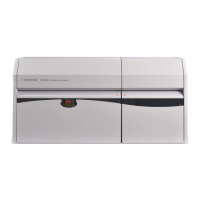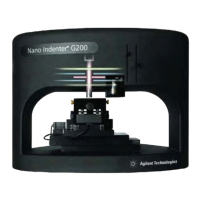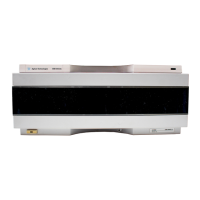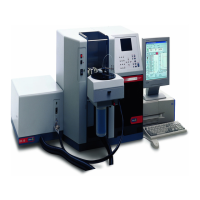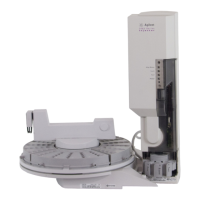9
Order online at www.agilent.com/chem/store
Gas Management
Hydrocarbon traps remove organics,
such as hydrocarbons and halocarbons,
from the gas stream. The adsorbent is
usually activated carbon or an impregnated
carbon filter media. Carbon removes
organic solvents from the gas stream,
including the typical solvents used
in nearly every lab. Hydrocarbon-moisture
combination traps are also available which
remove water in addition to organics.
Capillary grade hydrocarbon traps are
purged with ultra-high helium and packed
with a very efficient activated carbon
material. Metal trap bodies are used to
prevent any contaminants in plastic trap
bodies from contaminating the carbon
adsorbent. Most hydrocarbon traps
can be refilled by the end user.
Hydrocarbon Traps
Description Size
(cc)
1/8 in.
Part No.
1/4 in.
Part No.
Hydrocarbon Traps (HT Series)
Hydrocarbon Trap 200 HT200-2 HT200-4
Adsorbent Refill (1 pint) ACR ACR
Big Hydrocarbon Traps (BHT Series)
Big Hydrocarbon Trap 750 BHT-2 BHT-4
Refill for Big Hydrocarbon Trap (enough for two refills) BACR BACR
Hydrocarbon Removal S-Traps
Hydrocarbon S-Trap, used for trapping organics from gases 5060-9096
Capillary Grade Hydrocarbon Traps (HT3 Series)
Capillary Grade Hydrocarbon Trap 100 HT3-2 HT3-4
Adsorbent Refill (1 pint) ACR ACR
Tips & Tools
Hydrocarbon traps should be used with carrier, FID and ELCD gases.
H
ydrocarbon trap, HT200-2
Hydrocarbon Traps
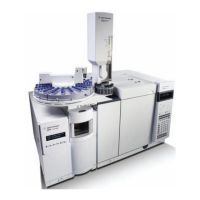
